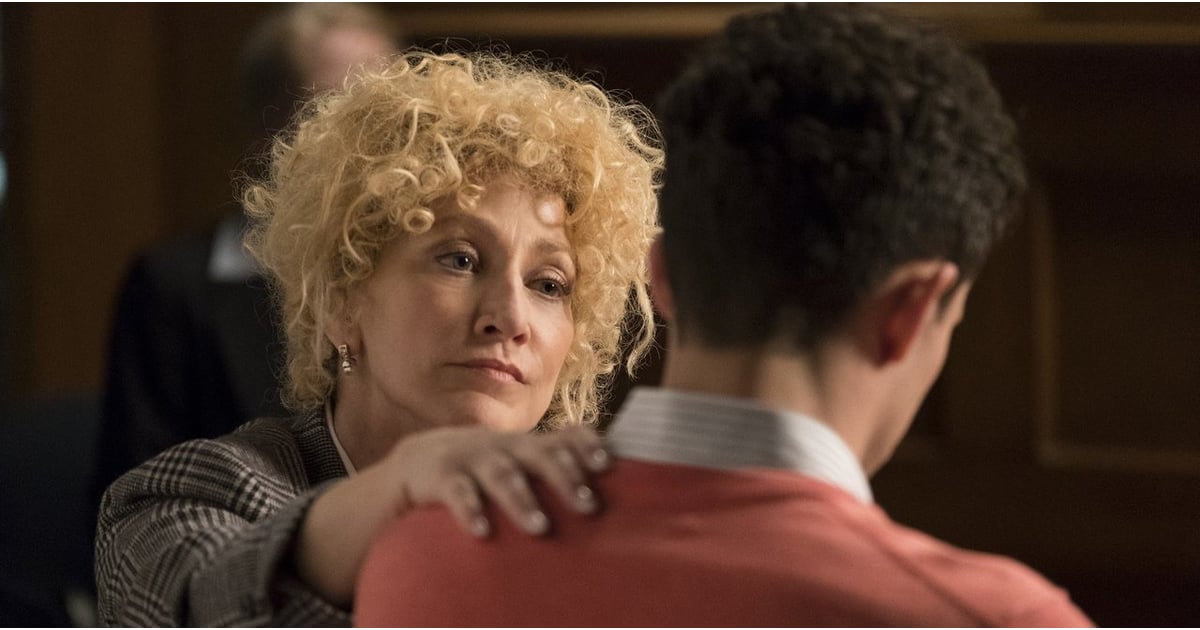Can a young man, driven to the edge by years of abuse, truly be held accountable for defending himself against his tormentor? The line between self-defense and murder blurs when a child, after enduring relentless brutality, finally strikes back. This is the agonizing question at the heart of the Arnel Salvatierra case, a legal and moral labyrinth that continues to provoke debate decades later.
The details of the case are undeniably disturbing. Arnel Salvatierra, just 17 years old at the time, admitted to killing his father. However, he claimed it was an act of desperation, the culmination of years of physical and emotional abuse. He painted a picture of a home life dominated by fear, where his father's violent outbursts were a constant threat. Salvatierra argued that he acted in self-defense, fearing for his life in that moment. The prosecution, however, presented a different narrative, one of premeditated murder, emphasizing the brutal nature of the crime and questioning the validity of Salvatierra's claims of abuse.
The case gained further notoriety due to the involvement of Leslie Abramson, a high-profile defense attorney known for her aggressive tactics and willingness to take on controversial cases. Abramson, who also represented Erik Menendez in the infamous Menendez brothers case, argued that Salvatierra's actions were a direct result of the abuse he suffered at the hands of his father. She sought to portray the father as the true aggressor, highlighting the trauma that Salvatierra had endured and suggesting that he was acting out of a primal need for survival.
- Caitlin Clarks Big Decision Wnba Or Europe Find Out Now
- Charnele Brown A Different World Stars Life Legacy 2024 Update
Abramson's defense strategy hinged on establishing a history of abuse and demonstrating its psychological impact on Salvatierra. She presented evidence and testimony aimed at corroborating Salvatierra's claims, attempting to convince the jury that his actions were not those of a cold-blooded killer, but rather those of a desperate young man pushed to his breaking point. This strategy, while controversial, was characteristic of Abramson's approach to criminal defense, often focusing on the mitigating circumstances that might explain or excuse her clients' actions.
The parallels between the Salvatierra case and other high-profile cases, such as the Menendez brothers case and the case of Claus von Blow, are undeniable. In each instance, the defense team attempted to contextualize the defendant's actions within a framework of abuse, trauma, or extreme emotional distress. These cases raise fundamental questions about the nature of criminal responsibility and the extent to which mitigating circumstances should be considered in determining guilt and punishment.
Adding another layer of complexity to the Salvatierra case was the involvement of Deburger, reportedly Salvatierra's girlfriend at the time. Deburger was accused of helping Salvatierra hide clothing worn on the night of the shooting, potentially implicating her in the crime. Her alleged involvement raised questions about her knowledge of the events leading up to the shooting and her possible role in covering up evidence. This added a further dimension to the case, highlighting the ripple effects of violence and the ways in which it can ensnare those closest to the perpetrator.
The case also drew comparisons to that of Khalid Parwez, who was acquitted in the death of his 11-year-old son. While the details of the Parwez case differed significantly, both cases involved tragic instances of violence within families and raised complex questions about the motives and culpability of the individuals involved. The media coverage surrounding both cases was intense, further fueling public debate and scrutiny.
Beyond the legal complexities, the Arnel Salvatierra case serves as a stark reminder of the devastating consequences of child abuse. It underscores the urgent need for greater awareness, prevention, and intervention efforts to protect vulnerable children from violence and neglect. It also forces us to confront uncomfortable questions about the limits of self-defense and the challenges of assigning blame in situations where victims of abuse resort to violence against their abusers.
The case, though decades old, continues to resonate today, prompting us to consider the complexities of human behavior, the impact of trauma, and the enduring struggle to balance justice with compassion. The questions raised by the Arnel Salvatierra case remain as relevant as ever, challenging us to confront the difficult realities of violence and abuse and to seek a more nuanced understanding of the factors that contribute to criminal behavior.
Furthermore, cases such as Phil Spector's, though different in nature, also highlight the intricacies of the legal system and the challenges of proving guilt beyond a reasonable doubt, especially in cases where the evidence is circumstantial or the motives are unclear.
The absence of readily available search results, "We did not find results for:" "Check spelling or type a new query," when researching this case further emphasizes the elusiveness of certain legal details and the difficulty in fully reconstructing past events. It highlights the limitations of relying solely on digital archives and the importance of seeking out alternative sources of information, such as court records, historical documents, and firsthand accounts, in order to gain a more comprehensive understanding of the case.
The legal battles fought by individuals like Leslie Abramson, whether in the case of Arnel Salvatierra, the Menendez brothers, or others, often serve as a lightning rod for public opinion. They force society to grapple with uncomfortable truths about human nature and the complexities of justice. These cases, while often tragic and disturbing, can also serve as catalysts for change, prompting us to re-examine our laws, our social structures, and our attitudes towards violence and abuse.
Ultimately, the Arnel Salvatierra case remains a complex and troubling example of the intersection between abuse, violence, and the law. It serves as a powerful reminder of the enduring challenges of achieving justice in a world where human behavior is often driven by forces beyond our complete comprehension.
- Tanna Rae Wroblewski Tragedy On Lake Havasu What Went Wrong
- Stevie Nicks Her Iconic Style Evolution Photos


